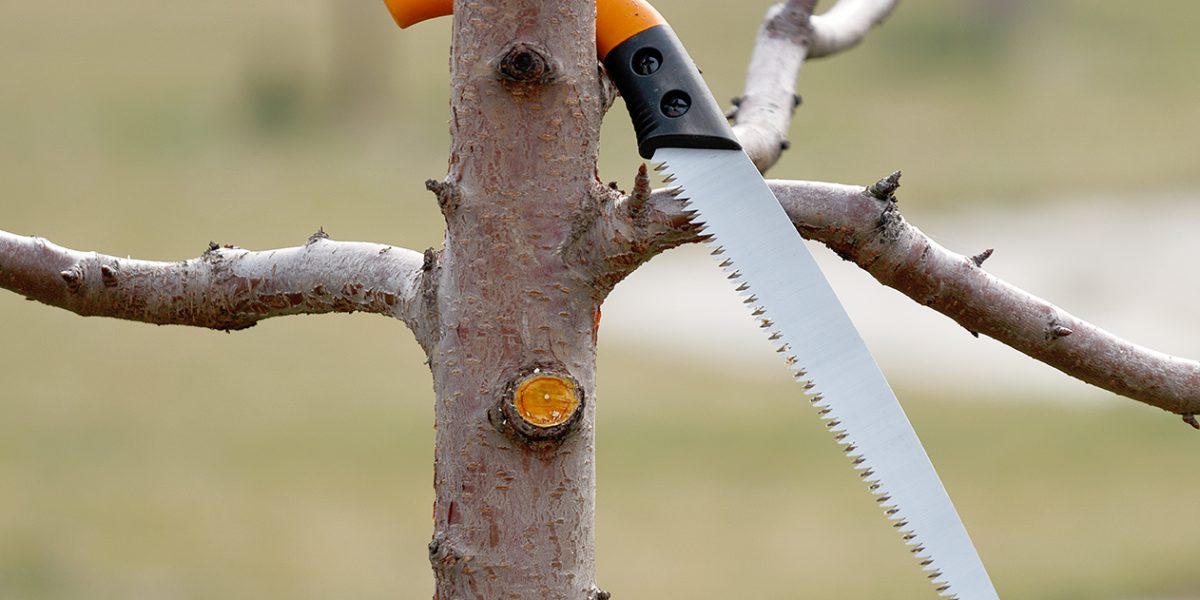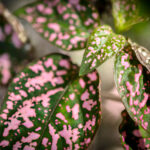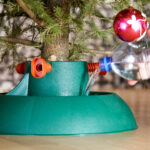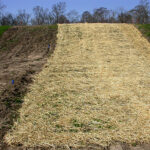Annual pruning is necessary to remove damaged branches, improve air circulation, promote plant growth in a healthy manner, and encourage bud and fruit formation on the correct branches.
Pruning will lead to better fruit size and quality yields
Pruning fruit trees
The best time for pruning fruit trees is January – March before buds open. Pruning too early in winter can affect their winter hardiness and lead to winter injury if cold temperatures occur too soon after making cuts. Pruning too late may cause trees to allocate energy towards more vegetative growth instead of fruits.
Trees will naturally produce too many shoots, some of which grow vertically, at narrow angles from branches, or too close to the ground. All of these types of shoots should be pruned. Apple and pear trees should only have a single central leader, the trunk extending into the ground, and it’s preferable to remove additional ones to avoid weaker limbs in future years.
pruning tips
remember
How pruning helps fruit production
Pruning small fruit trees
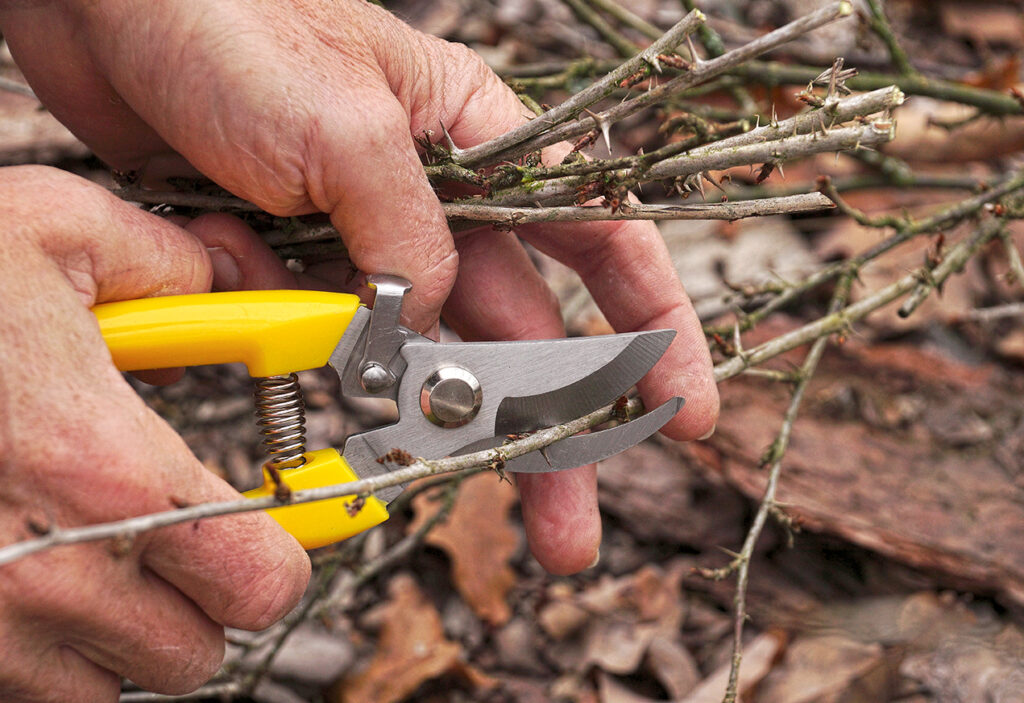
Raspberry and blackberry pruning requires knowing a bit more information about the cultivar and growth habits of your plants. Fall-bearing raspberries produce fruit in summer and sometimes in the fall too on primocanes, while summer-bearing berries produce fruit in their second year on floricanes
Raspberries
Blueberries
This article was published by
Michigan State University Extension
![]()

